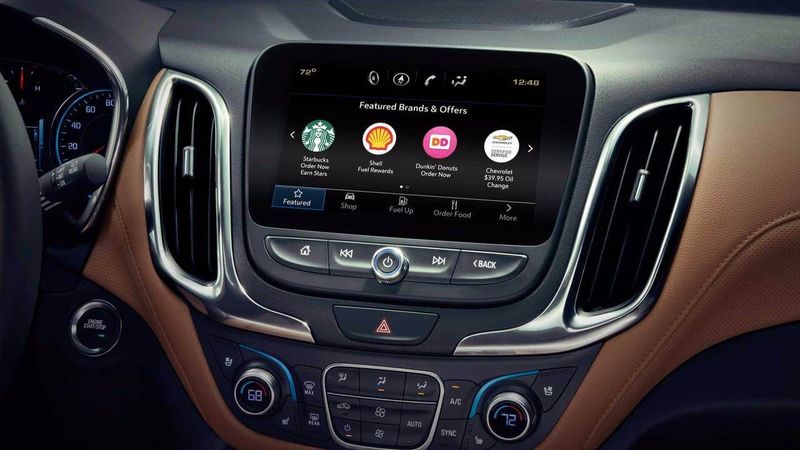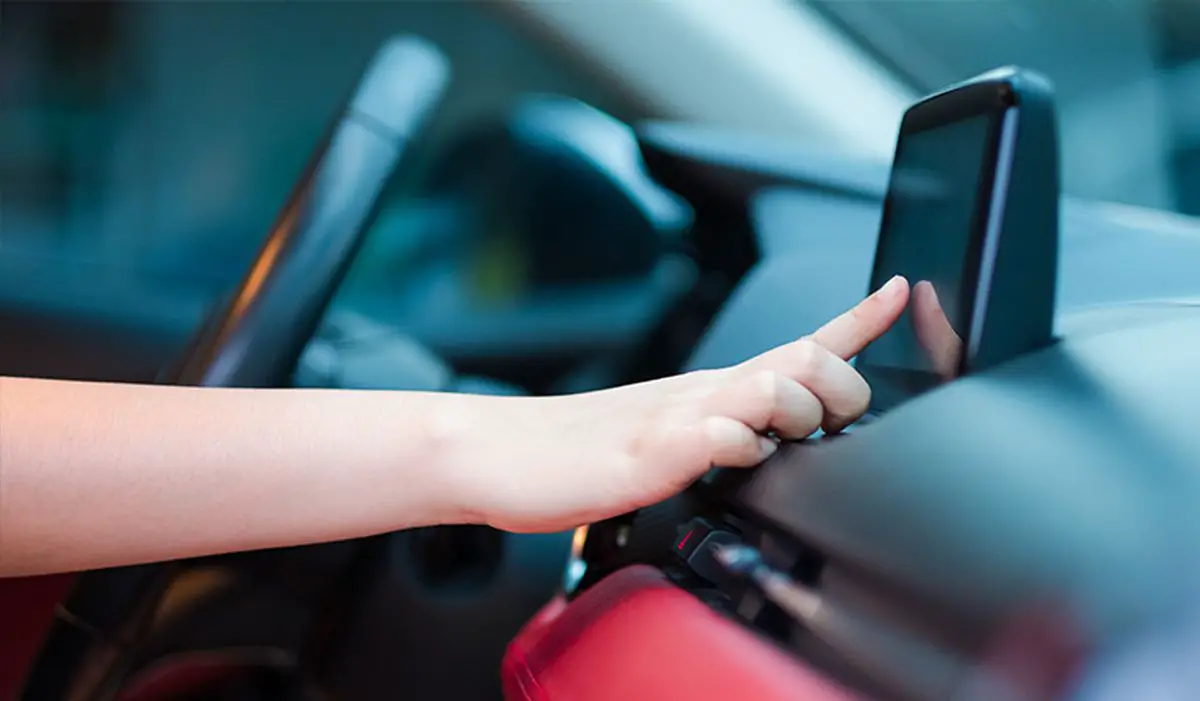In-car payments will be the new source of revenues for automotive sector.
Connected cars have become gadgets on wheels from which multiple actions can be performed. Some brands have opted for the integration of the vehicle in the Internet of Things universe, connecting it through its software too, for example, smart homes. Other manufacturers have opted to create a complete infotainment offer in which Tesla has achieved the greatest development by turning its screen into a console. Today’s vehicles are the new smartphones, as some industry executives have defined them, and the functions they offer are just the beginning of what is to come.
But all this technology generates costs that are partly affecting the final price of cars and partly the manufacturers. That is why the automotive sector is immersed in a strategy to monetize the wide range of connectivity. Some brands have experimented with or are planning to integrate ads into infotainment systems, but fear that this content will damage their brand reputation. So the other avenue that has opened up is the integration of payment platforms in connected vehicles.
Thus, according to a study conducted by ABI Research on the application of advertising and e-commerce in the automotive industry, manufacturers’ revenues from payments integrated into the HMI of cars will reach, only in the United States, a value of 3,940 million in 2026. This volume will grow with the gradual expansion of connected vehicles, which are expected to account for a quarter of the total global vehicle fleet by 2023, compared to 400 million today, according to McKinsey data. By 2025, the consulting firm estimates that this type of car will already account for 86% of the market.
Integrated payments, better than display advertising
“Today, vehicle connectivity is almost a mandate. But this comes at a cost to automakers and there is still no consensus on who has to pay for it. The vast majority of customers see no value in renewing their subscriptions and brands are trying unsuccessfully not to extend free trial periods any further,” diagnoses Maite Bezerra, Automotive and Mobility Research Analyst at ABI Research, for whom in-vehicle payments could be a good strategy, as they would leverage the systems already installed in connected vehicles, without significant upfront investments.
For the consultant’s analyst, advertising integrated into the infotainment systems of connected cars would not be a good option for owners of premium vehicles, but it could be an option for users of more basic cars and of average economic levels, more accustomed to freemium or advertising-limited usage models such as those offered by Spotify. “However, unlike phones, vehicles are expensive goods for which customers have made a significant investment. So they would probably be disgruntled if they continually see ads on their screens,” adds Bezerra,
In the researcher’s opinion, these ads could damage the brand reputation of the first movers to introduce them: “This could easily lead to losses in vehicle sales that would in no way offset the advertising revenues”. Or also in carsharing or rental services, where, as in the previous example, there is not such a strong link between the driver and his car, nor such a strong investment.
However, the consulting firm’s study does not see any drawbacks to the introduction of payment services on touch screens in vehicles, even in the early stages of development. This extra input would be perceived as a facilitator in certain processes and would make it possible, for example, to order food from the car to have it at home when you arrive or to schedule a visit to the workshop. But for all this to happen, a positive user experience is needed, in which the driver does not have to go through too many steps and it is just another act in his or her in-vehicle routine.
Currently, some brands have already implemented this type of solution, such as General Motors, which has launched its GM Marketplace, or FCA, which offers its customers Uconnect Market, although for the moment they have not managed to position themselves as a substitute product for other applications or payment systems.

The main barrier to use found by ABI Research is that they require downloading an extra program and do not facilitate, for example, installment payments. To solve these usability issues, automakers are working with vendors such as Cerence, Xevo, Telenav, or SiriusXM to link these payment functions to some parts of the vehicle. For example, with fuel sensors, location, or driver profile, to offer personalized services. However, for the moment, these projects have taken a back seat on the companies’ roadmap due to the pandemic, and no significant developments are expected until 2023.





